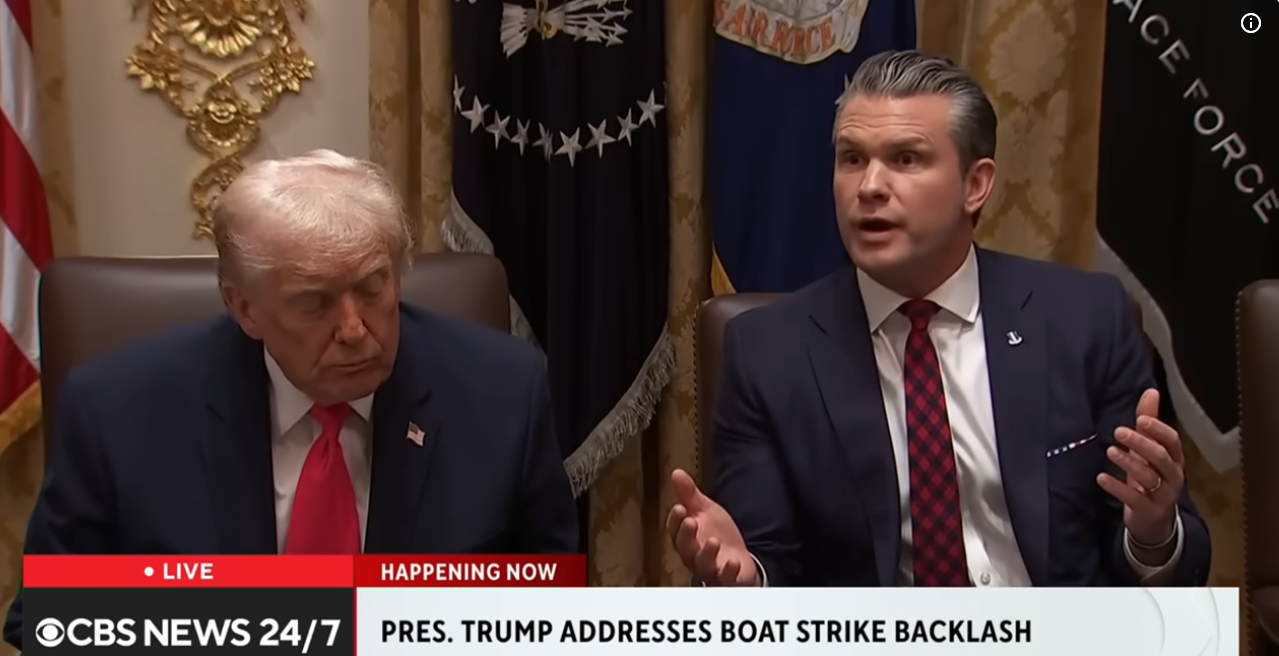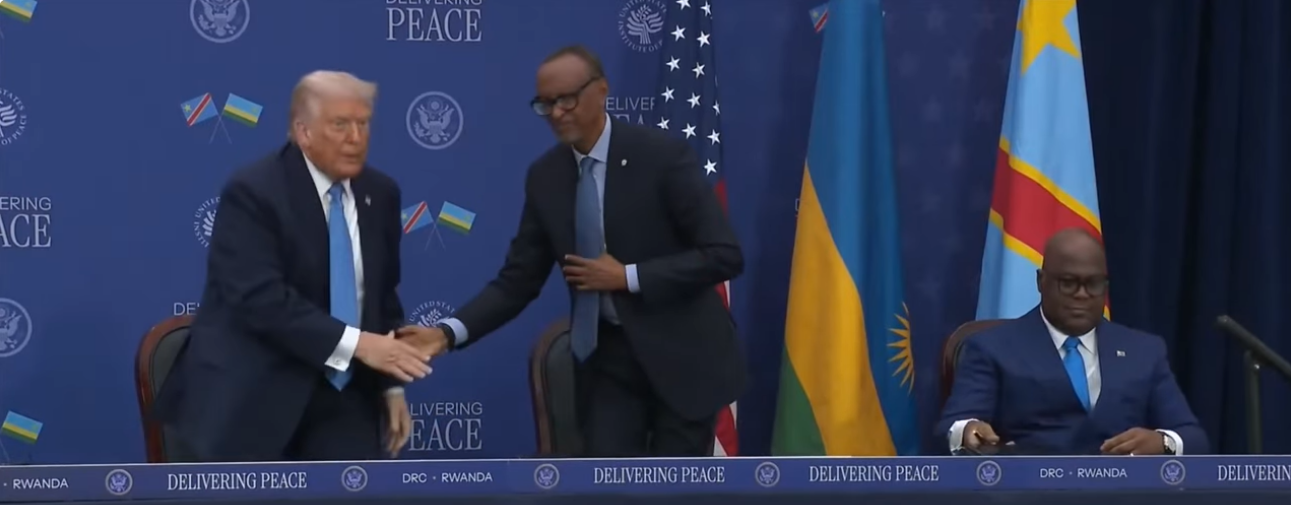An Interview with Kim Moss – Part two of a two part series
The board of directors plays a critical role in the life of a nonprofit. While each board is unique, best practices can increase a board’s effectiveness. To learn more we talked with Kim Moss, nonprofit consultant. His leadership helps boards increase their capacity for governing and fundraising. We asked Moss for recommendations regarding how often boards should meet, and why.
He responded, “It is my experience that nonprofit boards are best served by meeting monthly. I have had experience with agency boards that only met quarterly and found that the majority of the problematic issues being faced by the organization(s) could have been avoided if the board had met monthly to keep up to date on the business of the organization. Monthly meetings allow members of the board to remain updated about the finances and all other important aspects of the agency. The board is the greatest asset that an executive director has, and keeping them engaged is always beneficial to everyone.”
Most importantly, board members must come to meetings prepared. We asked Moss what specific information an executive director should provide to the board. He focused on five areas, noting that while the executive director may not be responsible for completing each of the tasks below, he/she should ensure they are completed. All materials should be distributed to board members a week in advance so there is time to review.
- Minutes. These include minutes of the previous board meeting; minutes from board committees (fundraising, program, board development, audit, etc.) that met prior to the upcoming board meeting. The committees are responsible for taking minutes; the executive director should ensure all minutes are distributed.
- Meeting agenda. The board chair should create and distribute the agenda for the upcoming board meeting. The executive director should assist if necessary.
- Financial statements. The executive director should ensure the treasurer has the prior month’s financial statements before the finance committee meeting. The treasurer will present the financials to the committee for review and, upon committee approval, will send them to the entire board.
- Executive director’s report. This should provide an overview of the agency’s activities since the last board meeting, highlighting successes and challenges. Moss suggests the manager of each agency program submit a report that includes information about the number of people served, and an update on the program’s scope of services.
- Grants management report. This should document spending of grant funds on a monthly basis, the cumulative amount spent to date, and the amount left to be spent in the contract period. It is easy for an organization to get ‘off track’ with spending: overspending can be detrimental to the agency’s financial health, and under spending on a contract signals to funders that funds are not really needed or are being poorly managed.
Bottom line: Board members need a clear understanding of the agency’s financial, programmatic, contractual and fundraising activities, and enough information to provide meaningful oversight.
Learn more about Kim Moss and his services at (901)482-9504 or [email protected].
Copyright 2016 – Mel and Pearl Shaw






